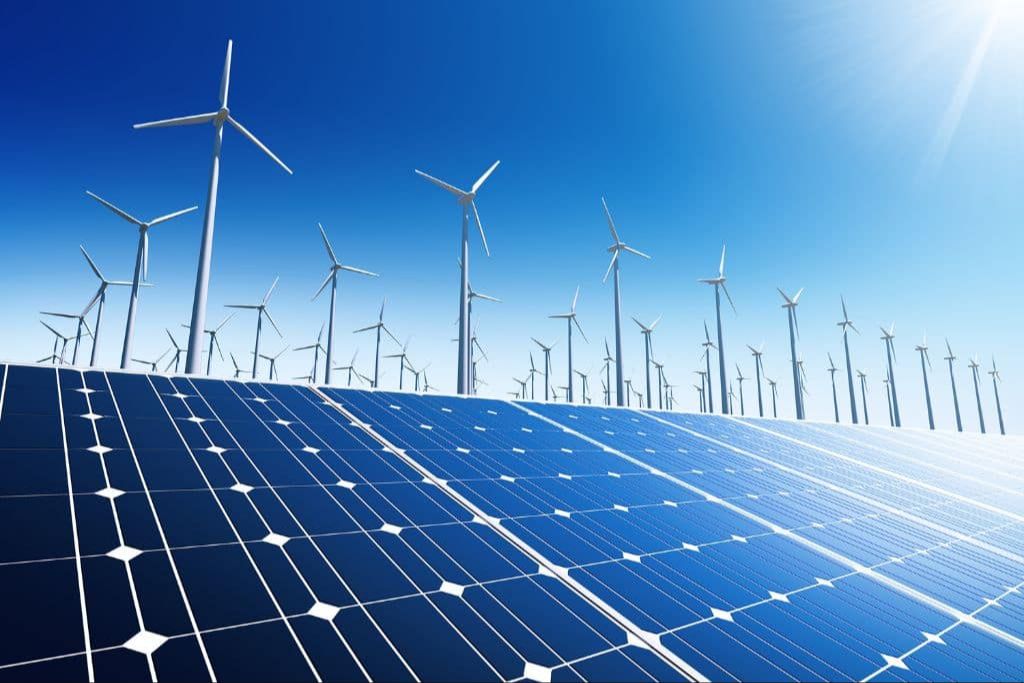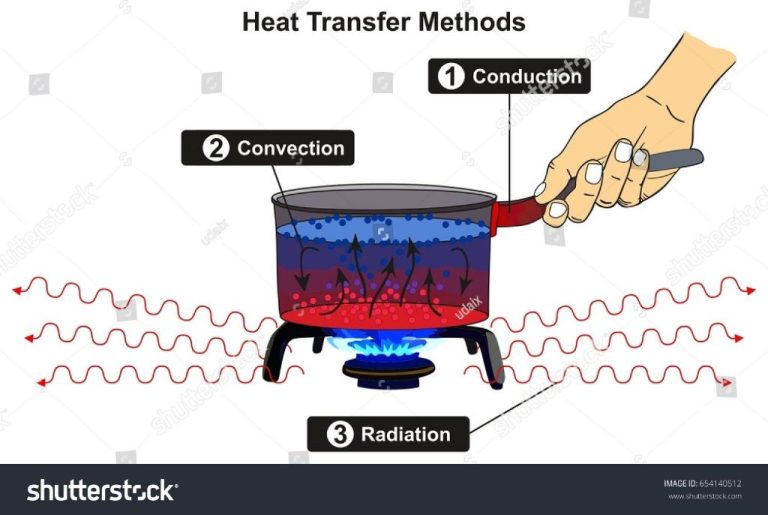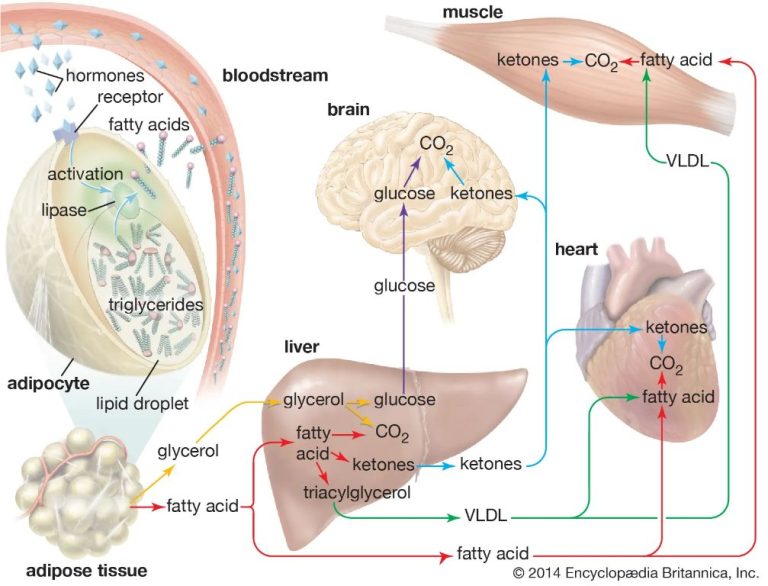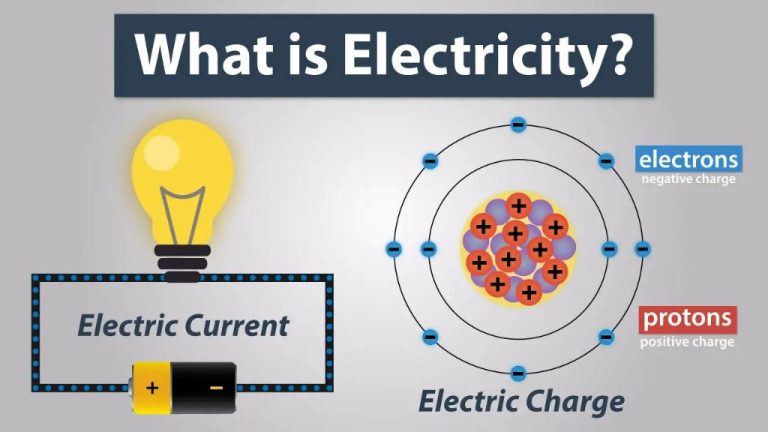Is Alternative Energy The Future?

The share of renewable energy in the global energy mix has been steadily rising over the past decade. According to the International Energy Agency (IEA), renewables made up 19.8 percent of electricity generation globally in 2020. With most growth coming from hydro, wind and solar power, renewable energy is expected to account for over 35 percent of electricity generation by 2030 if current trends continue (IEA). What’s driving this growth in alternative energy sources like solar, wind and hydropower? In large part, it’s increasing awareness of the dangers of fossil fuel dependence and climate change. Many countries are now embracing renewable energy targets to reduce carbon emissions and create a more sustainable energy system for the future.
What is alternative energy?
Alternative energy refers to energy sources that are renewable, sustainable, and environmentally friendly. Some of the most common types of alternative energy include:
- Solar power – This involves harnessing energy from the sun and converting it into electricity using photovoltaic cells. Some key facts about solar power: It accounted for 3% of total U.S. electricity generation in 2020. Solar panels can be installed on rooftops or ground-mounted systems.
- Wind power – Using wind turbines to generate electricity is one of the most established forms of alternative energy. Wind power contributed 8.4% of total U.S. electricity generation in 2020. Wind farms can be built onshore or offshore in windy locations.
- Hydropower – Also called hydroelectric power, this involves using the energy from flowing water to spin turbines connected to generators. Hydropower supplied about 7% of U.S. electricity generation in 2020. Existing hydropower infrastructure can also be upgraded to increase output.
- Geothermal energy – Using heat from under the earth’s surface to generate electricity is called geothermal power. Hot water or steam from geothermal reservoirs can drive turbine generators. The U.S. had a geothermal capacity of 3.9 gigawatts in 2020.
- Biomass – Wood, crops, landfill gas, and other organic materials can be used to produce biomass energy. Biomass accounted for about 5% of all electricity generated in the U.S. in 2020. Waste-to-energy plants provide one source of biomass power.
Unlike fossil fuels, these alternative energy sources are constantly replenished and do not produce greenhouse gas emissions. Converting to greater reliance on alternative energy is seen as crucial for fighting climate change.
Why alternative energy is important
Alternative energy sources like solar, wind, and hydropower are critical for reducing reliance on fossil fuels like coal, oil, and natural gas. Burning fossil fuels releases greenhouse gases like carbon dioxide into the atmosphere, contributing to climate change. In contrast, renewable energy sources produce little to no global warming emissions (1). Transitioning to clean energy is essential for mitigating the impacts of climate change and building a sustainable future.
In addition to climate benefits, alternative energy provides numerous environmental advantages over conventional power generation. Fossil fuel extraction and transportation can pollute the air and water. For example, oil spills have disastrous effects on wildlife and ecosystems. Renewables avoid this damage. Further, nuclear power creates radioactive waste with storage challenges. Alternative energy systems have far less waste. Overall, sustainable energy protects the environment by reducing emissions, pollution, habitat destruction and resource extraction (2).
Sources:
(1) https://solgenpower.com/2023/02/06/why-is-alternative-energy-important/
(2) https://www.energywarden.com/why-do-we-need-alternative-energy/
Current use of alternative energy
Global adoption of renewable energy continues to grow rapidly. According to Our World in Data, renewables made up 29% of global electricity generation in 2020. The countries leading in renewable energy use include:
China generated 31% of the world’s renewable electricity in 2019, the most of any country. Renewables made up 29% of China’s electricity generation. Wikipedia
The United States generated 11% of global renewable electricity in 2019. Renewables accounted for 17.5% of total U.S. electricity generation. Wikipedia
Brazil generated 6.4% of the global renewable electricity supply in 2019. Renewables made up 83.5% of Brazil’s electricity generation. Wikipedia
Other top renewable energy countries include Canada (5.4% of global renewable electricity), India (3.9%), Germany (3.1%), and Japan (2.5%). Wikipedia
Challenges facing alternative energy
Alternative energy sources face several key challenges that have limited their large-scale adoption so far. Some of the main difficulties include:
High upfront costs. Building infrastructure like wind farms, solar fields, geothermal plants, and more requires major initial investments. These projects cost significantly more upfront compared to fossil fuel power plants [1]. Many companies and consumers struggle to afford these large upfront expenses, even if alternative energy pays off long-term.
Reliability concerns. Many alternative energy sources rely on weather conditions like sun and wind, making them intermittent. This can raise concerns over reliability compared to the relative consistency of fossil fuels [1]. Developing ways to store and discharge alternative energy is key to solving these reliability issues.
Storage limitations. Most alternative energy technologies have difficulties storing power for extended periods. Solar, wind, and hydropower facilities lack large-scale, cost-effective storage solutions. This also negatively impacts reliability and managing fluctuating supply and demand [1]. Improved battery and other storage tech is critical for alternative energy to reach its potential.
Latest innovations
There have been many recent technological breakthroughs that are helping to advance alternative energy and overcome previous challenges. For example, researchers at the National Renewable Energy Laboratory (NREL) have developed a new high-efficiency triple-junction solar cell that can convert more of the sun’s energy into electricity (NREL). This solar cell uses materials like those found in cosmetics and skincare products to achieve a record efficiency of 47.1%. Improved solar cell designs like this could substantially lower the cost of solar power.
In wind power, longer turbine blades, smarter control systems, and floating offshore wind farms are allowing wind turbines to become more efficient and cost-effective. GE recently introduced a 12 megawatt offshore wind turbine called the Haliade-X that stands 260 meters tall and has 107 meter long blades (GE). Larger turbines like these can generate more wind power from a single turbine.
There have also been advances in energy storage technology, such as lithium-ion batteries. Tesla’s big battery in Australia has shown energy storage can help stabilize grids and provide backup power. Startups are also innovating new types of batteries like flow batteries that can store large amounts of energy cost-effectively (WSJ). Cheaper energy storage can enable wider adoption of renewables.
Government policies
Government policies aimed at accelerating the adoption of renewable energy play a major role in shaping the growth of the industry. Many countries have implemented strong policy incentives and regulations to encourage renewable energy development and meet emissions reduction targets.
The European Union has been a leader in renewable energy policy, with binding national targets under its 2009 Renewable Energy Directive. The EU aims for renewables to provide 32% of its total energy needs by 2030 (Carleyolsen, 2006). Germany in particular has adopted aggressive policies which have made it a world leader in total installed solar PV capacity. China has also used direct incentives and investments to quickly expand its solar, wind and hydro capacity.
In the U.S., state-level renewable portfolio standards (RPS) have driven growth by requiring utilities to source a percentage of their electricity from renewables. Tax credits have also helped incentivize wind and solar development. However, inconsistent federal policies have inhibited more rapid expansion compared to parts of Europe and Asia. Overall, government regulations, incentives and investments remain key enablers for continued renewable energy adoption globally.
Future Projections
Many experts predict strong growth for alternative energy sources in the coming years. According to the U.S. Energy Information Administration (EIA), renewable energy production is expected to increase significantly between 2021 and 2050.
Specifically, the EIA forecasts that renewable energy generation will grow from 21% of total U.S. energy generation in 2021 to 42% by 2050. This includes projections for substantial growth in solar and wind power. Solar generation is expected to grow from 3% in 2021 to 20% in 2050. Wind power is projected to grow from 9% to 18% over the same time period.1
Many analysts believe growth in renewable energy will accelerate beyond 2050. Fossil fuels are finite resources and renewables are becoming increasingly cost competitive. With the right policies and continued technology advances, renewables could supply 50-85% of global electricity by 2050 according to projections by the International Renewable Energy Agency.
Leading companies
Some of the top companies in alternative energy include:
General Electric is one of the largest renewable energy companies in the world. It offers wind turbines, solar panels, and energy storage systems. In 2021, GE generated $15.7 billion in renewable energy revenues.
Sunnova Energy is a leading U.S. residential solar and storage service provider. The company operates in over 20 states and territories. Sunnova went public in 2019 and has over 500,000 customers.
EDF Renewables is a major U.S. independent power producer. The company develops, builds, operates, and optimizes renewable energy projects across North America. EDF has developed over 10 GW of renewable projects.
Vestas Wind Systems is a Danish manufacturer, seller, installer, and servicer of wind turbines. The company operates in over 80 countries and has delivered over 132 GW of wind energy capacity globally.
These leading alternative energy companies are developing innovative technologies and expanding renewable energy infrastructure worldwide.
Conclusion
In summary, alternative energy sources like solar, wind, geothermal and biomass have immense potential, but still face challenges around cost and scalability before they can truly replace fossil fuels. Government policies, investments in R&D, and economies of scale will help drive down costs and improve efficiency over time. Based on current adoption trends and technological innovations, alternative energy does seem poised to go mainstream, though the timeline remains uncertain. The future is promising but the transition will likely be gradual rather than immediate. With continued progress, alternative energy can provide clean, renewable power at scale to create a more sustainable energy system.
Overall, this review of the growth, challenges and potential of alternative energy sources demonstrates that while questions remain, the fundamentals suggest a mainstream role in the future. With smart policies, research, and public and private investment, clean energy can transform how we power our world.






